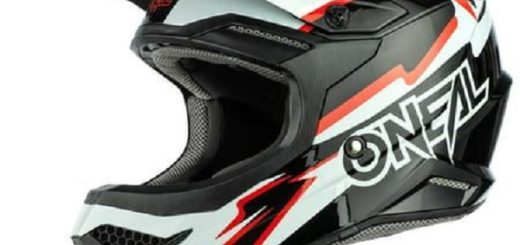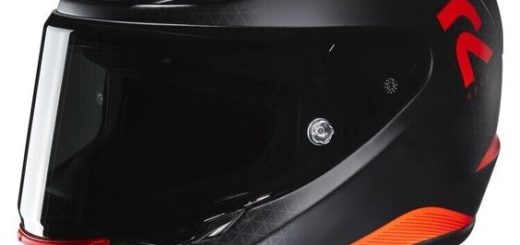How Often Should You Replace Your Motorcycle Helmet?
Your motorcycle helmet is your primary defense in a crash, protecting your head from serious injury. But unlike a jacket or gloves, helmets don’t last forever. Over time, the materials degrade, compromising their ability to safeguard your head in an accident. So, how often should you replace your motorcycle helmet?
This article dives into the factors influencing motorcycle helmet replacement, explores warning signs that indicate it’s time for a new one, and provides guidelines to ensure you’re riding with the best possible protection.
Understanding Motorcycle helmet Lifespan: It’s More Than Just Age
While many people assume helmets have a set expiration date, the reality is more nuanced. Several factors contribute to a helmet’s lifespan:
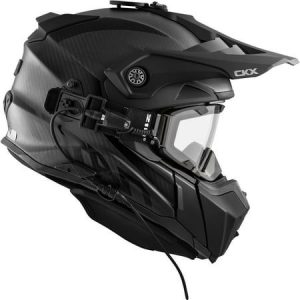
- Frequency of Use: A helmet used daily experiences more wear and tear than one used occasionally. Frequent riders may need to replace their helmets sooner than those who ride less often.
- Exposure to Elements: Sun exposure, extreme temperatures, and harsh weather conditions can accelerate the degradation of the helmet’s materials. Riders who frequently park their motorcycles outdoors or expose their helmets to extreme heat or cold might need more frequent replacements.
- Accidents or Impacts: Even minor drops or bumps can damage the helmet’s internal structure, compromising its safety. Any helmet involved in an accident, regardless of severity, must be replaced.
- Care and Maintenance: Proper cleaning and storage practices can extend the lifespan of your helmet. Keeping it clean, free of chemicals, and storing it in a cool, dry place helps preserve the materials.
Manufacturer Recommendations: While these factors play a significant role, helmet manufacturers typically recommend replacing your helmet every 5 years. This is a general guideline, and you may need to replace it sooner depending on your individual usage and the factors mentioned above.
Warning Signs Your Motorcycle Helmet Needs Replacing: Don’t Ignore These Red Flags
Several telltale signs indicate it’s time to invest in a new helmet:
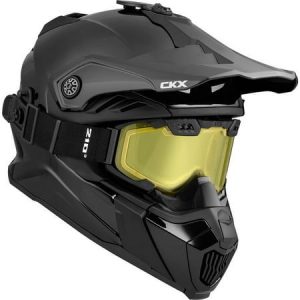
- Visible Damage: Cracks, deep scratches, or gouges in the shell compromise the helmet’s integrity. Even minor damage can weaken the structure and reduce its ability to absorb impact.
- Loose or Worn Padding: The helmet’s inner padding provides cushioning in a crash. Over time, this padding can compress or wear out, reducing its effectiveness. If the padding feels loose, excessively worn, or doesn’t conform comfortably to your head, it’s time for a replacement.
- Sticky or Brittle Straps: The helmet’s chin strap is crucial for keeping it securely fastened during a crash. If the strap feels sticky, brittle, or frayed, it may not function properly in an accident. Replace the helmet if the strap shows any signs of deterioration.
- Difficulty Fastening or Unfastening: A properly fitting helmet should be snug but comfortable. If you experience difficulty putting on or taking off your helmet due to excessive wear or shrinkage of the inner liner, it’s a sign you need a new one.
- Unpleasant Odors: Helmets can develop an unpleasant odor from sweat and grime buildup. While proper cleaning can address this issue, persistent odors might indicate deeper problems with the helmet’s materials or degradation of the padding.
Finding the Right Replacement: Selecting a Helmet for Optimal Safety
Once you’ve determined it’s time to replace your helmet, here are some key considerations when choosing a new one:

- Helmet Type: Select a helmet that suits your riding style. Full-face helmets offer the most comprehensive protection, while ¾ helmets and open-face helmets provide less coverage. Consider the level of protection you need based on your riding habits.
- Fit: A proper fit is essential. The helmet should feel snug but comfortable, with no excessive pressure points. It shouldn’t move around when you shake your head.
- Safety Ratings: Look for helmets that meet safety standards set by organizations like the Department of Transportation (DOT) or Snell Memorial Foundation. These ratings provide assurance that the helmet meets minimum safety requirements.
- Comfort Features: Consider features like a good ventilation system, a comfortable liner, and a weight that doesn’t strain your neck on long rides.
Your helmet is an investment in your safety. Don’t settle for a cheap, ill-fitting helmet that may not provide adequate protection in a crash.
Beyond the Basics: Additional Tips for Motorcycle Helmet Safety
Here are some additional tips to maximize your helmet’s effectiveness and safety:
- Proper Storage: Store your helmet in a cool, dry place away from direct sunlight and extreme temperatures. Avoid hanging it from the straps, as this can stretch them out.
- Regular Cleaning: Clean the helmet’s exterior with a mild soap solution and lukewarm water. Avoid harsh chemicals or solvents that can damage the materials. The inner liner can usually be removed and washed according to the manufacturer’s instructions.
- Visor Maintenance: A scratched or dirty visor can impair your vision. Regularly clean your visor with a visor cleaner or a mild soap solution. Replace the visor if it becomes scratched or cloudy, impacting visibility.
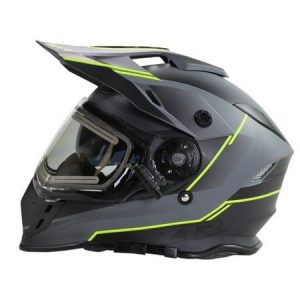
- Second Helmet (Optional): Consider having a spare helmet, especially if you ride frequently. This allows the primary helmet to air out properly between rides and provides a backup option if your main helmet is damaged or requires cleaning.
Don’t Compromise on Safety: Invest in a Quality Helmet
Your motorcycle helmet is your lifeline on the road. While replacing a helmet may seem like an expense, it pales in comparison to the potential costs of a head injury sustained in a crash. By prioritizing a high-quality, properly fitting helmet and following recommended replacement guidelines, you’re making a conscious decision to safeguard your well-being.
Remember: There’s no substitute for a safe helmet. Don’t ride with a compromised helmet, and prioritize replacing it when necessary.
Upgrade Your Ride: Browse Our Selection of Top-Rated Helmets
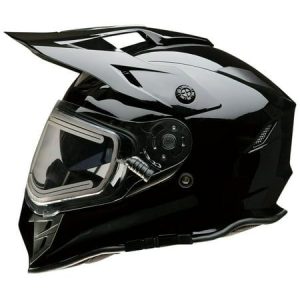
Ready to find the perfect helmet for your riding needs? Look no further! We offer a wide variety of motorcycle helmets from trusted brands, including full-face, ¾, and open-face styles. Our selection caters to different riding styles and budgets, ensuring you find a helmet that provides optimal protection, comfort, and style.
All our helmets meet the highest safety standards and come in various sizes and colors. Don’t wait until it’s too late. Browse our extensive helmet collection today and invest in the protection you deserve!
